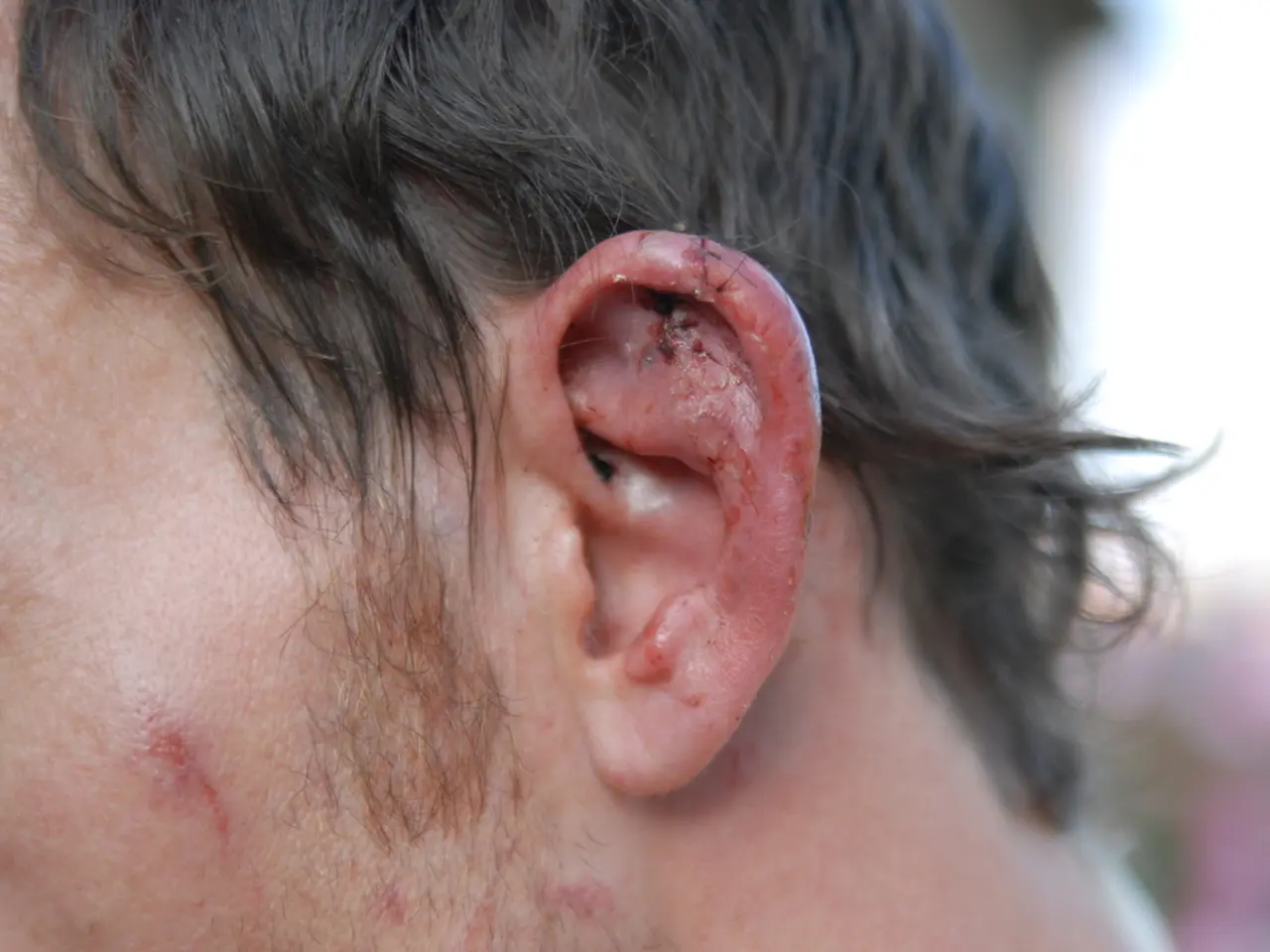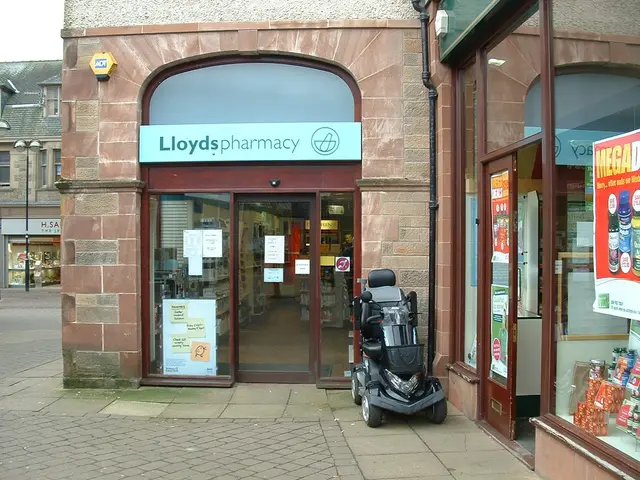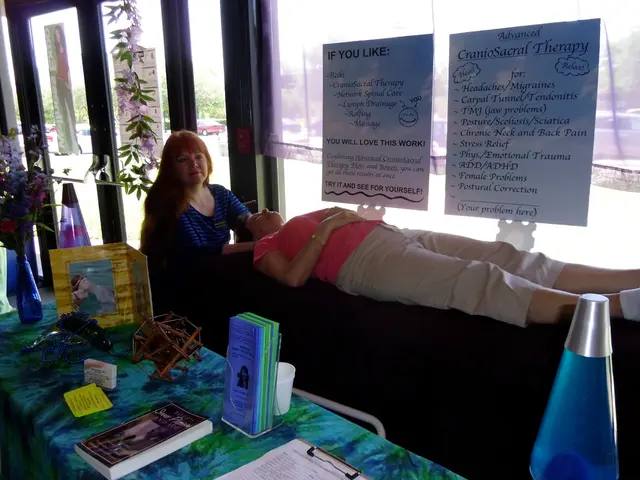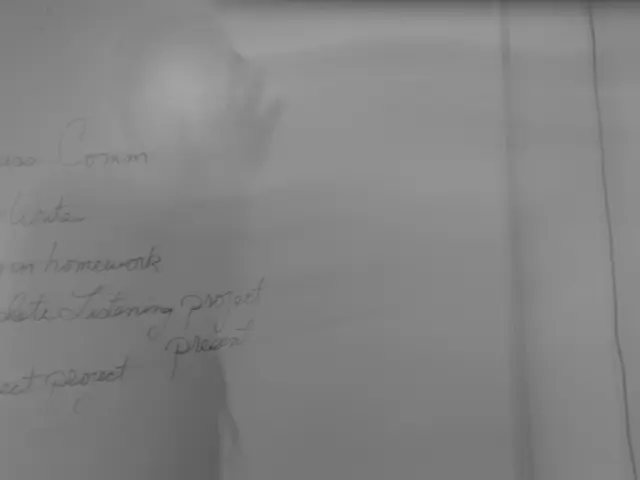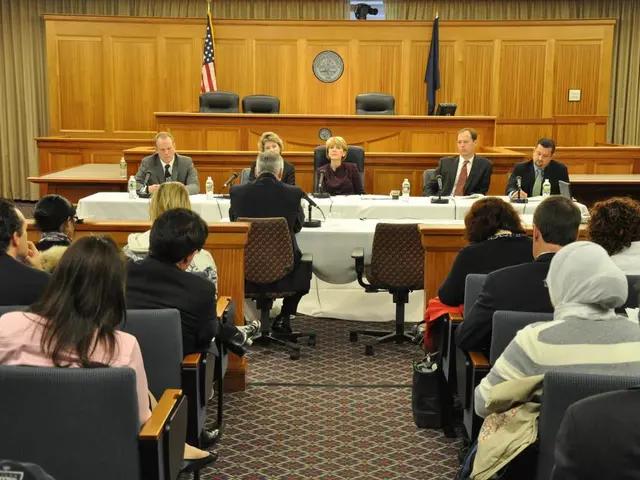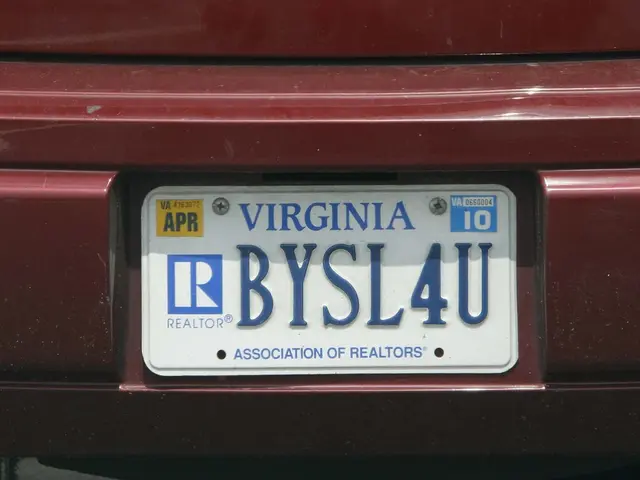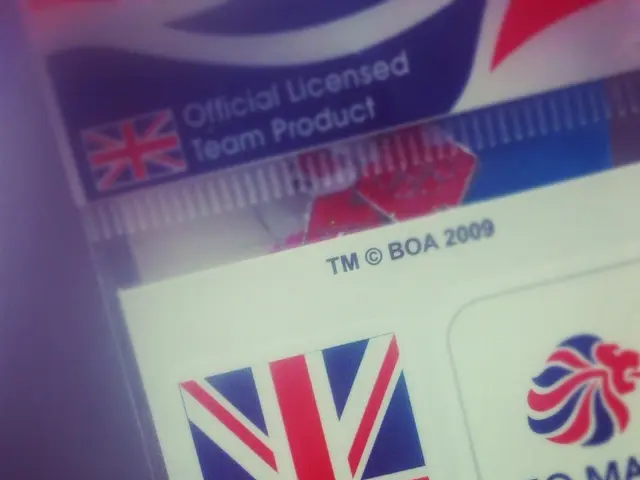Methods for Detecting Lice, Treatment Measures, and Prevention Strategies, along with Additional Insights
Head lice are small insects that infest human hair and scalp, causing an itchy and uncomfortable sensation. These parasites are most commonly found in school-aged children, with an estimated 6-12 million children in the United States affected each year.
Identifying Head Lice
To identify head lice, one should closely inspect the scalp and hair, especially behind the ears and near the neckline. A fine-toothed nit comb can be used on wet or dry hair to detect lice; the presence of live nymphs or adults confirms infestation. It is important to note that finding live head lice is the only way to confirm their presence. Unhatched nits are yellow or brown, while hatched or opened eggs look clear. Before looking for lice, it is recommended to wet the hair to make it easier to see lice and prevent them from scurrying away.
Treating Head Lice
Treating head lice involves several methods. Wet combing, which involves combing wet hair with a fine-toothed nit comb after applying conditioner or products like dimethicone, can remove lice and some nits. This can be done as a standalone treatment or following medication.
Medicated treatments include over-the-counter shampoos, creams, or lotions with insecticidal agents, which can kill head lice but might not eliminate all nits, requiring repeated applications. Prescription treatments are used if nonprescription treatments fail or resistance develops. These include Spinosad (Natroba), Malathion, and Ivermectin.
Smothering agents such as mayonnaise, petroleum jelly, or butter are sometimes applied and covered overnight to suffocate lice, though their effectiveness remains uncertain. Professional lice clinics may use specialized hot air machines to desiccate lice and eggs, although using a home hair dryer is not recommended as it can disperse lice.
For families with multiple infected members, it is important to treat all affected individuals simultaneously to prevent reinfestation.
Preventing Head Lice
Preventing head lice involves adopting certain behaviors and taking precautions. Avoiding head-to-head contact, especially among children, and not sharing personal items like hats, combs, brushes, and hair accessories can help reduce the risk of transmission. Using lice-repellent hair products containing ingredients such as tea tree oil or neem oil can also provide an additional layer of protection. Keeping long hair tied up can also reduce the risk of transmission. Regular head checks following potential exposure can help catch infestations early.
To address the environment, washing bedding, hats, and clothing in hot water and dry on high heat can help eliminate lice. Treating mattresses and furniture using lice sprays safe for these surfaces or using sticky lint rollers to remove lice or nits can also be effective.
Careful inspection, appropriate treatment, and environmental and behavioral prevention provide an effective approach to managing head lice infestations. It is important to consult a healthcare professional before retreating the scalp with the same medication or switching to a different one if the medication is ineffective.
Head lice do not spread disease but can make a person's scalp feel itchy and cause other symptoms. When treating lice, it is best to avoid using conditioner or a combination shampoo and conditioner, remove clothing that could stain during treatment, apply the medication according to the instructions, put clean clothing on after treatment, comb out any dead or remaining live lice using a fine-toothed comb after 8-12 hours, avoid rewashing the hair for 2 days after removing the medication, and check for lice every 2-3 days for 2-3 weeks after treatment.
References
- Centers for Disease Control and Prevention (CDC). (2021). Head Lice: Treatment.
- American Academy of Pediatrics. (2019). Head Lice and School Attendance Policies.
- National Institute of Allergy and Infectious Diseases (NIAID). (2020). Head Lice: Medication Information.
- American Academy of Family Physicians. (2021). Head Lice: Prevention and Treatment.
- Mayo Clinic. (2021). Head Lice: Prevention and Treatment.
- In dermatology, public health services in schools should advise on the importance of regular health-and-wellness checks for head lice in school-aged children to prevent their widespread infestation.
- Within the realm of pediatrics, researchers recommend implementing mental-health programs to help children cope with the stress and embarrassment caused by head lice infestations.
- Science continues to advance in the field of skin-care, leading to the development of CBD-infused shampoos that are said to have potential in the prevention and treatment of head lice.
- Healthcare professionals are encouraged to stay abreast of the latest infectious disease research on head lice, including the emerging resistance to common medications and the potential benefits of alternative treatment methods such as CBD.
- Promoting health literacy within communities can help eliminate stigmas and encourage individuals to seek proper care for head lice, improving overall health outcomes and reducing the spread of these parasites.
